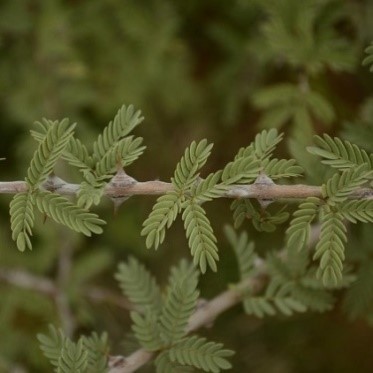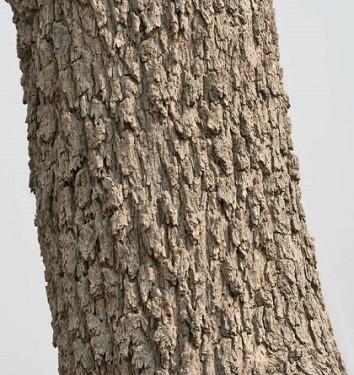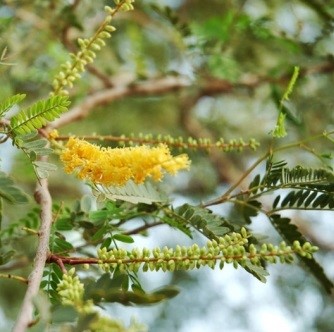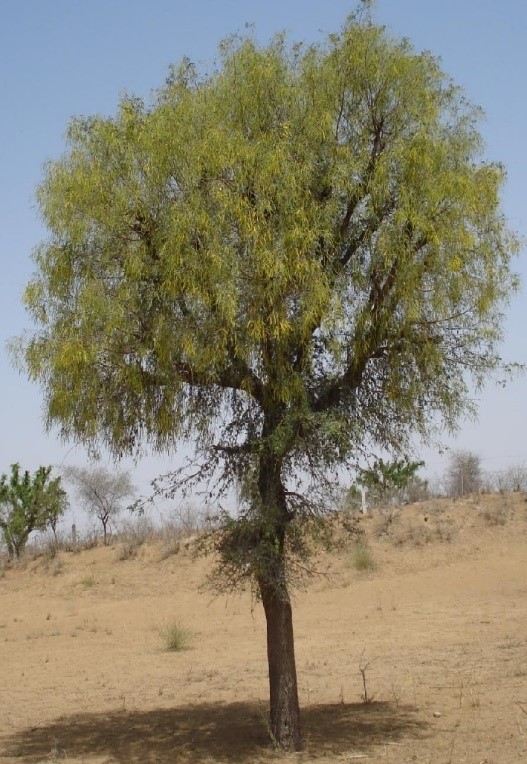Trees
Prosopis cineraria (Linn.) Druce.
Prosopis cineraria (Linn.) Druce.
Description :
An
almost evergreen, thorny, large shrub, small sized tree 12 m tall. The crown is
open and spreading. The stem is short with diameters up to 31 cm. Foliage is
feathery-like and the leaves are compound, 1 to 2.5 cm long. Leaf fall occurs
for short periods before flowering. The bark is rough, grey, and exfoliating in
thin flakes. The flowers are small, creamy white to pale yellow and are
arranged in small bunches, 1 to 2.5 cm long, flowering between December and
May. The pods are flat, 12 to 25 cm long and contain on the average 10 to 15
seeds, maturing between April and August. A number of insects attack it, but
they are of little significance. It is reproduced both from seed and by
vegetative means. The seed can be stored for long periods. Pretreatment of seed
by nicking the seed coat, or a water or acid soak will speed germination. It is
fast growing with reported yields of 3 to 5 m3/ha/yr. On favorable
sites it will reach heights of 7 m in 11 years. Interlocked, close grained, sapwood
is whitish, and heartwood is purple-brown, dense, with a specific gravity of
0.61 and a calorific value of 5000 kcal/kg.
Distribution :
The tree is native to Pakistan, India, Afghanistan, and other parts of
the Middle East. In Pakistan it is found in the dry plains and hills of the
Sindh, Punjab, Balochistan, and KP. An aggressive tolerant tree that grows on
a variety of dry sites including most soils from clays to sands. It also does
well on highly alkaline sites (Ph 9.8). It requires a summer precipitation zone
of 75 to 650 mm/yr and is considered very drought hardy. It prefers a hot arid,
semi-arid to sub-tropical climate with a temperature range of -6 to 45°C at
elevations up to 450 m. Seedlings can be damaged by frost, and grazing can be a
problem but once it is established it is very difficult to eradicate.
Uses :
This
tree is adapted to a variety of sites and soils, coppices readily, and is a
good nitrogen fixer. Since framers like it because its root system does not
compete with crops and it fixes nitrogen, it is a good farm forestry tree. Also
used for fodder, fuel, nitrogen fixing, poles and construction, agriculture
implements, apiculture, furniture, and soil stabilization.



